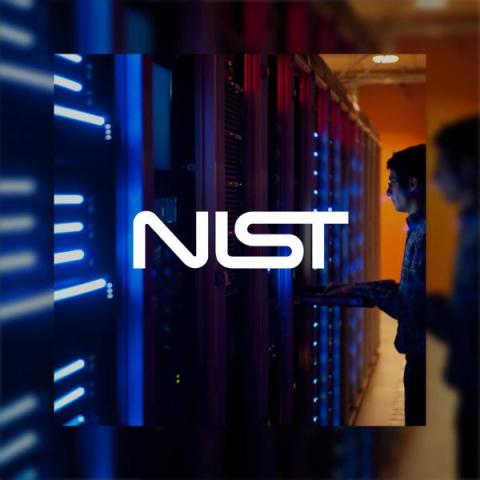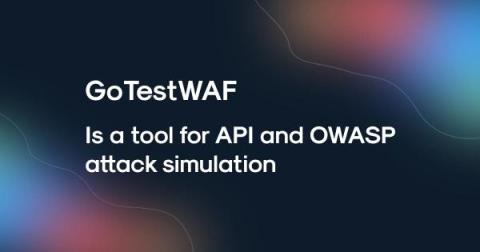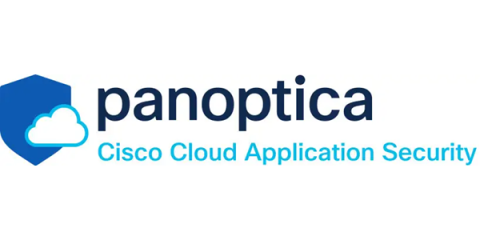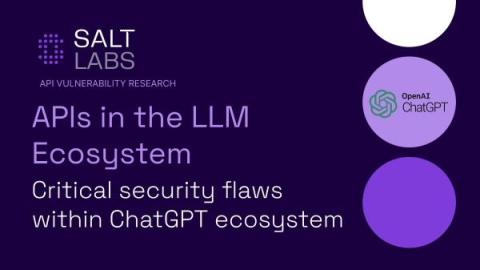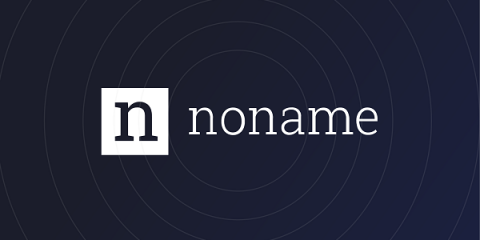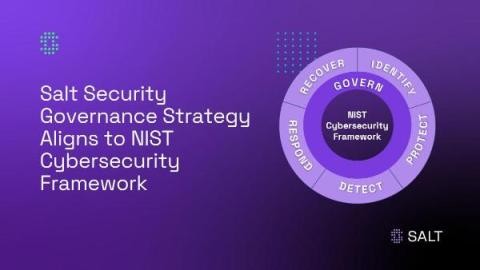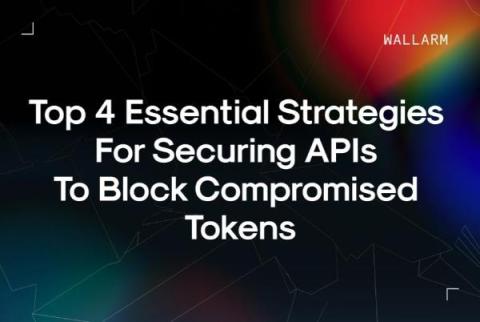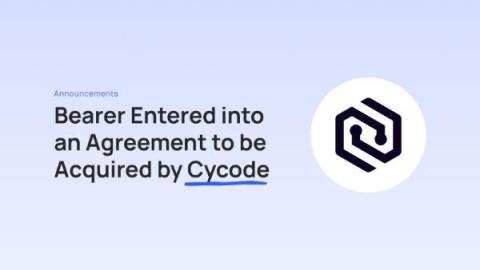Implementing the NIST Cybersecurity Framework (CSF) 2.0 with AI augmented API Security
The updated NIST Cybersecurity Framework (CSF) 2.0 was published February 26, 2024. Previously, this content was also known as the “Framework for Improving Critical Infrastructure Cybersecurity.” As stated in the framework: In summary, the updated NIST Cybersecurity Framework is organized into the following functional categories.


